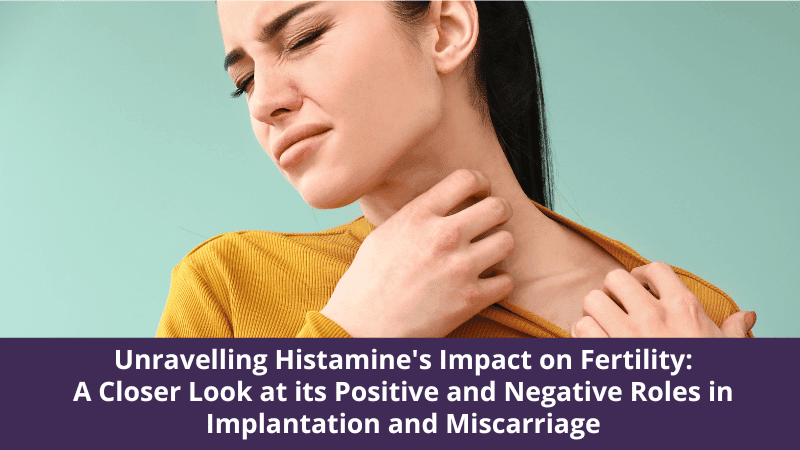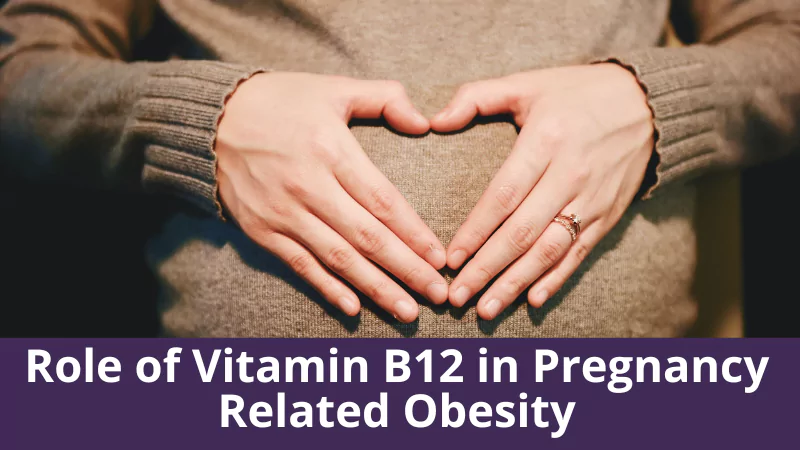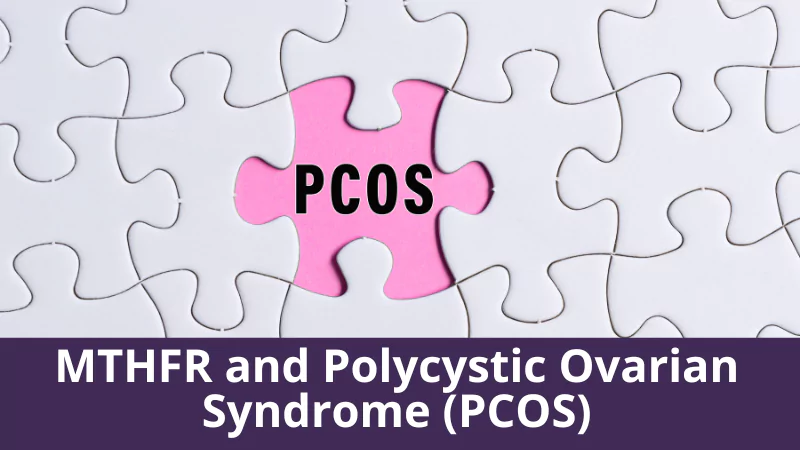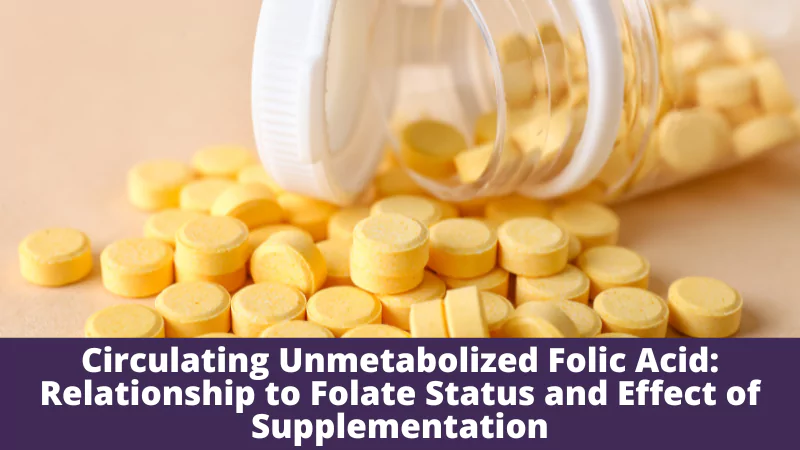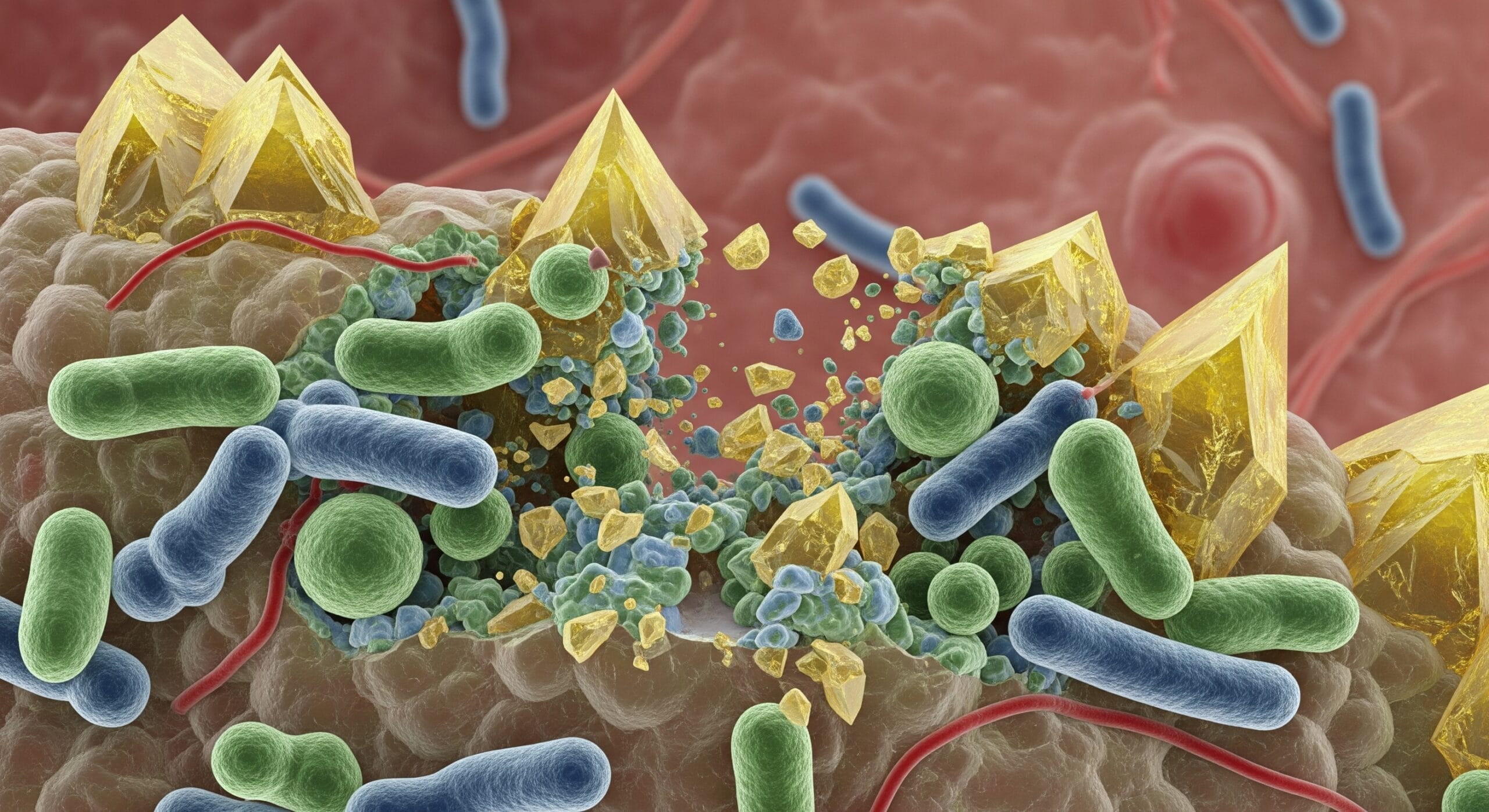When it comes to the journey of conception and pregnancy, there’s a complex interplay of various factors that influence the process. One such factor that has gained attention in recent years is histamine. Known primarily for its role in allergies and immune responses, histamine also plays a multifaceted role in fertility, implantation, and even the risk of miscarriage. In this blog, we’ll explore the dual nature of histamine, shedding light on its positive contributions as well as its potential negative impacts on the delicate process of becoming parents.
The Positive Role of Histamine in Fertility and Implantation:
Histamine is a naturally occurring compound that acts as a neurotransmitter and plays a crucial role in various physiological processes. In the context of fertility, histamine has shown to have some positive effects:
- Enhanced Blood Flow: Histamine is known to promote vasodilation, which can enhance blood flow to the reproductive organs. This improved circulation can potentially aid in creating a more favourable environment for conception and implantation.
- Immune Response Regulation: A balanced immune response is crucial for successful implantation. Histamine can modulate immune cells’ activity, helping to create an environment that is conducive to the acceptance of the fertilised egg.
- Uterine Contractility: Controlled uterine contractions are important for embryo implantation. Histamine, through its interaction with specific receptors, may contribute to maintaining appropriate uterine tone, aiding in the attachment of the embryo to the uterine lining.
The Negative Impact of Histamine in Miscarriage:
While histamine’s positive contributions are noteworthy, it’s important to acknowledge its potential negative effects on fertility and the risk of miscarriage:
- Inflammation and Allergic Responses: Excessive histamine release can lead to inflammation and allergic responses in the body. Inflammation in the reproductive system could potentially interfere with implantation and increase the risk of miscarriage.
- Immunological Imbalance: An overactive immune response triggered by excess histamine might lead to an immune attack on the developing embryo, mistaking it for a foreign invader. This immunological imbalance could contribute to pregnancy complications, including miscarriage.
- Vascular Permeability: While histamine’s role in vasodilation is beneficial, excessive levels could lead to increased vascular permeability. This might result in fluid accumulation and hamper the proper attachment of the embryo to the uterine lining.
Symptoms Of Excess Histamine
Excess histamine in the body can manifest through a range of symptoms, both general and specific to the reproductive system.
General symptoms of histamine excess might include:
- Skin issues: hives, itching, and flushing, as well as respiratory symptoms like sneezing, congestion, and wheezing.
- Digestive disturbances: abdominal pain, diarrhoea, and nausea
- Reproductive system: irregular menstrual cycles, increased pelvic pain or discomfort, and heightened sensitivity in the pelvic region. Additionally, some individuals might experience a disruption in the normal cervical mucus production, which could affect sperm movement and the journey of the fertilised egg.
Recognizing these symptoms is crucial, as they could signify an imbalance in histamine levels that might impact fertility and reproductive health. If couples trying to conceive notice such symptoms, seeking guidance from a professional for assessment and appropriate management is advisable.
What causes excess histamine?
Excess histamine levels in the body can be attributed to several underlying causes, often related to imbalances in the histamine regulation system. One common cause is an enzyme deficiency, specifically a deficiency of diamine oxidase (DAO), the enzyme responsible for breaking down histamine in the digestive tract. This deficiency can lead to reduced histamine degradation, allowing its accumulation in the body. Additionally, certain foods high in histamine, such as aged cheeses, processed meats, and fermented foods, can contribute to an influx of histamine. Histamine intolerance, a condition where the body struggles to manage normal levels of histamine, can also lead to excess histamine-related symptoms. Inflammation, allergies, and chronic stress can further exacerbate histamine release. Hormonal fluctuations, particularly during the menstrual cycle, might trigger higher histamine production in some individuals. Recognizing these potential causes of excess histamine is essential for addressing the issue and taking steps to achieve a better histamine balance, especially for couples trying to conceive and maintain reproductive health. Consulting a healthcare professional knowledgeable about histamine intolerance and its implications can help identify the specific factors contributing to elevated histamine levels and guide appropriate management strategies.
The link between MTHFR and Histamine excess:
Folate and Methylation deficiency, compounded by genetic variations in enzymes like MTHFR (Methylenetetrahydrofolate Reductase), can significantly disrupt histamine regulation within the body. Methylation, a fundamental biochemical process, involves the addition of methyl groups to molecules, crucial for various physiological functions, including the breakdown and deactivation of histamine. However, when methylation pathways are compromised due to genetic variations in MTHFR or other related factors, histamine metabolism can be compromised. This impairment can lead to the accumulation of histamine, resulting in histamine intolerance and its associated symptoms. The presence of MTHFR genetic variations can exacerbate the effects of excess histamine, potentially triggering allergic reactions, inflammation, and other health complications. In the context of fertility and reproduction, disruptions caused by methylation deficiency and MTHFR variations can potentially influence processes like implantation and pregnancy. Recognizing the impact of these genetic factors on histamine balance is crucial, particularly for couples aspiring to conceive. Seeking guidance from healthcare professionals specialising in both genetics and reproductive health can offer insights into managing these concerns effectively.
Balancing Histamine for Optimal Fertility:
Considering both the positive and negative aspects of histamine’s role in fertility, it’s important to focus on achieving a balanced environment for conception and implantation:
- Dietary Choices: Certain foods are known to either stimulate histamine release or inhibit its breakdown. Couples trying to conceive may consider adopting a diet that supports a healthy histamine balance. This might involve reducing the consumption of histamine-rich foods and including foods that contain natural histamine blockers, such as quercetin-rich fruits and vegetables.
- Lifestyle Modifications: Stress has been linked to histamine release. Engaging in stress-reduction techniques, such as yoga, meditation, and deep breathing, can help maintain a more balanced histamine level.
- 3. Support Genetic Variations: Couples struggling with fertility should consult healthcare professionals who specialise in reproductive health and metabolic genetics. These experts can assess individual situations and recommend personalised strategies to optimise fertility while considering histamine levels.
- Eliminate histamine producing pathogens: certain pathogens including bacteria, viruses, mould and more can stimulate excess histamine in the body. Thorough testing and evaluation will help to identify key pathogens and the best way to eliminate them.
Histamine’s role in fertility, implantation, and miscarriage is complex and multi-faceted. While healthy amounts can contribute positively by promoting blood flow, regulating immune responses, and aiding uterine contractility, it can also pose challenges through inflammation, immune imbalances, and vascular permeability. Striking a balance in histamine levels through dietary choices, lifestyle modifications, and professional guidance is crucial for couples aspiring to embark on the beautiful journey of parenthood. Remember, achieving a healthy pregnancy involves a holistic approach that considers various factors, including the intricate role of histamine in the process.
If you would like to explore this topic deeper please join us in this month’s Fertility Hub
In this live Q+A we will help you decide if excess histamine is a concern for you and the best strategies to help you rebalance your histamine levels for optimal fertility.

